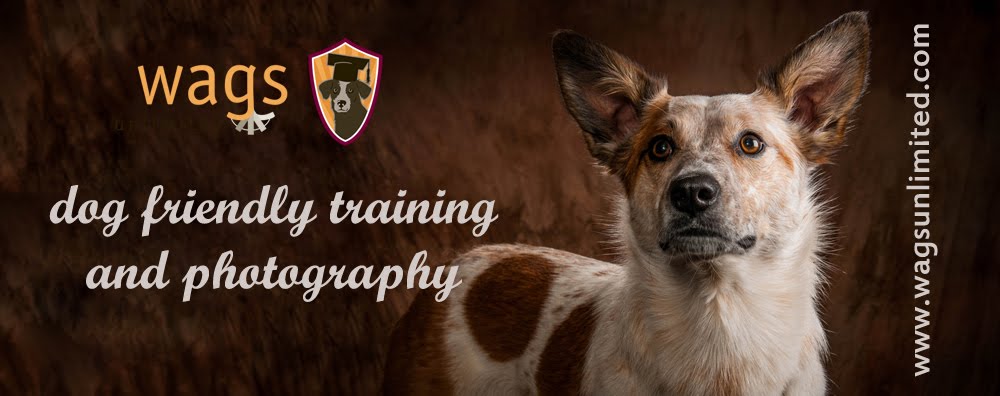Funny thing, how this training and behavior stuff seems to Evolve without us realizing. I mean - I really did not train and practise much at all for this trial as I have felt pretty confident in our skills in regards to what's required for Level 3. I read through the exercise signs and did a couple of run throughs last week, feeling like "we've got this under control". I should be able to handle through the courses and we should be able to finsih (provided my ring nerves stay under control). But then, in the ring - a brand new problem was born. One that I didn't even know existed.
Our first round, under judge Sarah-Jane Petti - a round which WOULD have counted (had we qualified), resulted in an NQ due to a silly brain fart that took me completely by surprise. Stuff that just "happens" and left me confused about what really did happen? The brain fart moment caught me totally off guard and I was not prepared with a "plan" of how to handle it. Had I kept my brain on my head through it - I would have said to the judge "I would like to re-do this station"...taken a few steps back and re-done the station...thus resulting in deductions in points - but because of my choice to just keep trying on the spot without indicating I am re-doing - I had a Non Qualifying score. It was very messy and also pin-pointed a brand new problem to me: Maggio was totally confused about the similarity of the words "Stay" and "Stand". It had never happened before, but with so many position changes in a row in Rally and going from sit to down to stand and then sometimes leaving the dog with "stay" - I think everything just became a guessing game. He was honestly confused - and happily trying his best. Here is a video of this run:
http://www.youtube.com/watch?v=JtuKlYzl_08
I only did this one round on Saturday, went home for a "think", a glass of wine and a good sleep before returning back on Sunday. In my warm ups on Sunday I made a point of experimenting with what difference it made whether I used or dropped my hand-signal to "stay" simultaneously as I said "Stay" and whether I could really slur through the first letters in "st...." and really emphasize the "AY!" when I wanted him to STAY. as opposed to "Stand" when I tried to really enunciate every letter. With this somewhat comical plan I made it through the first half of the course pretty nicely....and then we ran into the same trouble again. Stay? or Stand? WHAT?
This time, though - I knew that I have to tell the judge clearly that I am re-doing...and re-do I did: a few times, before we got our stuff straight. Goodness gracious. We got through it but Now I REALLY had to come up with a Real plan.
Here is the video of this round: (which I call "warm up" as it is for the "wrong" judge, so even though we did qualify and had a score of 199, it did not count towards the title)
http://www.youtube.com/watch?v=raIbgzziqtM
I now had a few hours before my final try. I drove off with Maggio, found a nice, big piece of grass in the city and over three little mini sessions set out to convince him that "WAIT" is the new "Stay". I had come to the conclusion that the frequent changes of position, similarity in words was just too confusing and without a new cue that would really sound distinctly different, I would be up for the same mess. Same hand signal, just a new word that is distinctly different than "Stand" to replace the old "Stay". This saved us in the last round. We got through. No big mess-ups, "Wait" worked and Maggio was happy to work. We lost some points to other mistakes and oopses, but with 6 months to wait until the next opportunity to try - I was happy with some loss of points - at least this counted: and Maggio finished his RL-3 title. Hooray!
A big Bison bone for Maggio in the car on the way home. A smile on my face. A couple of ribbons to add to our collection. One fourth placement and one third. But Mostly I returned home with a great feeling of gratitude for a dog who was so very happy to work. It felt like true teamwork and really fantastic to work together! He made me very proud. I hope he understood the many Thank yous I tried to convey last night. He's never asked to sign up in any trial - yet he's travelled this journey with me as a very willing and happy partner. What amazing creatures these dogs are!!!!














